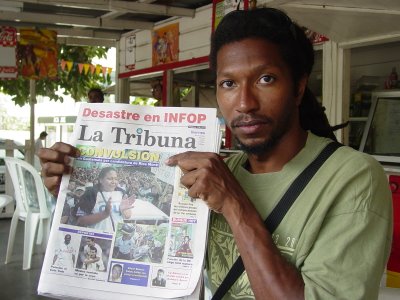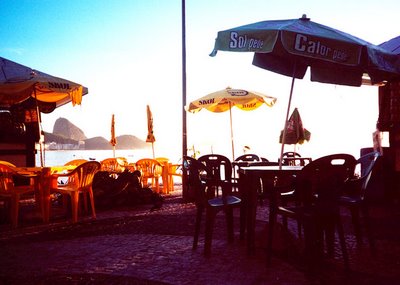Press Freedom Slips in U.S.
 I was working on a post about the U.S. midterm elections, but then something that interested me more popped onto my radar screen. A few days ago, the organization Reporters sans frontières—Journalists Without Frontiers—released their annual Worldwide Press Freedom Index. The formula they utilize to generate the rankings penalizes countries for instances of violence against journalists or for government sponsored suppression, and rewards countries that protect open discourse across the political and social spectrum.
I was working on a post about the U.S. midterm elections, but then something that interested me more popped onto my radar screen. A few days ago, the organization Reporters sans frontières—Journalists Without Frontiers—released their annual Worldwide Press Freedom Index. The formula they utilize to generate the rankings penalizes countries for instances of violence against journalists or for government sponsored suppression, and rewards countries that protect open discourse across the political and social spectrum.On this list, the U.S. now ranks 53rd in the world, tied with Botswana, Croatia and Tonga. There’s no real need to elaborate upon this, save to say that the U.S. ranking represents a drop of thirty-six places since 2002. Another nation that plummeted is France. In fact, the Gallic freefall has been nearly as precipitous as the American one—twenty-four places during the same six year period. Other nations that took a tumble included Japan, Denmark, and Lebanon.
Although Bolivia was listed in sixteenth place, most Latin American countries did not fare well. During the time I worked in that region as a journalist (for a piece of fluff travel magazine), mainly what I noticed is that the press corps are a tough lot who must struggle to report news in the face of intimidation and violence. In the United States, a single call from an advertiser is often enough to send a story to an early grave; but in Latin America, very little deters the media from its course—even the vandalism of offices and threats toward correspondents.
Hostility toward the press is in no way a surprise, since many newspapers are openly (and appropriately) critical of government, and also expose law enforcement and municipal corruption as a matter of course. I found all this quite inspiring, as well as helpful toward understanding the difference between theoretical and real freedom of the press. Despite their love of hard news, Central American newspapers also tend to be politically biased, gory and sensationalistic (sort of like Fox News).

That’s me above, in San Pedro Sula, Honduras, holding up the daily La Tribuna. The headline—Desastre en INFOP—refers to a scandal in the Instituto Nacional de Formación Profesional, which is a center for vocational training. Below that is another headline—Convulsión—referring to political protests which paralyzed neighboring Guatemala and triggered an emergency lockdown of the entire nation. To this day I can’t figure out why La Tribuna decided to use a shot of a smiling woman to depict this violent upheaval, in which journalists were chased by angry mobs and one died of a heart attack trying to escape.
As a vet of the region, I can promise that all of you would come close to dying of a coronary in such a situation. In Guatemala mob killings are often by machete. Once, while I was researching an unrelated story, a policeman I spoke with revealed to me his treasured crime scene photo collection. Included were several depicting the aftermath of machete attacks. It is not a quick or clean way to die. I was particularly affected by shots of a woman who had lost an arm at some point during her attack, yet had clearly continued to fight before eventually succumbing.
The Worldwide Press Freedom Index correctly suggests that highly ranked countries work to protect free speech rights, but does not mention that reporters in those countries rarely face consequences greater than reprimand or firing. So while Journalists Without Frontiers is a tremendously laudable organization (and they love bloggers), I also thought it appropriate to mention that the journalists of those turbulent regions near the bottom of the rankings possess heroic drive and courage, and if I had the same I’d probably be doing more right now than writing an insignificant little template blog.
.























0 Comments:
Post a Comment
<< Home